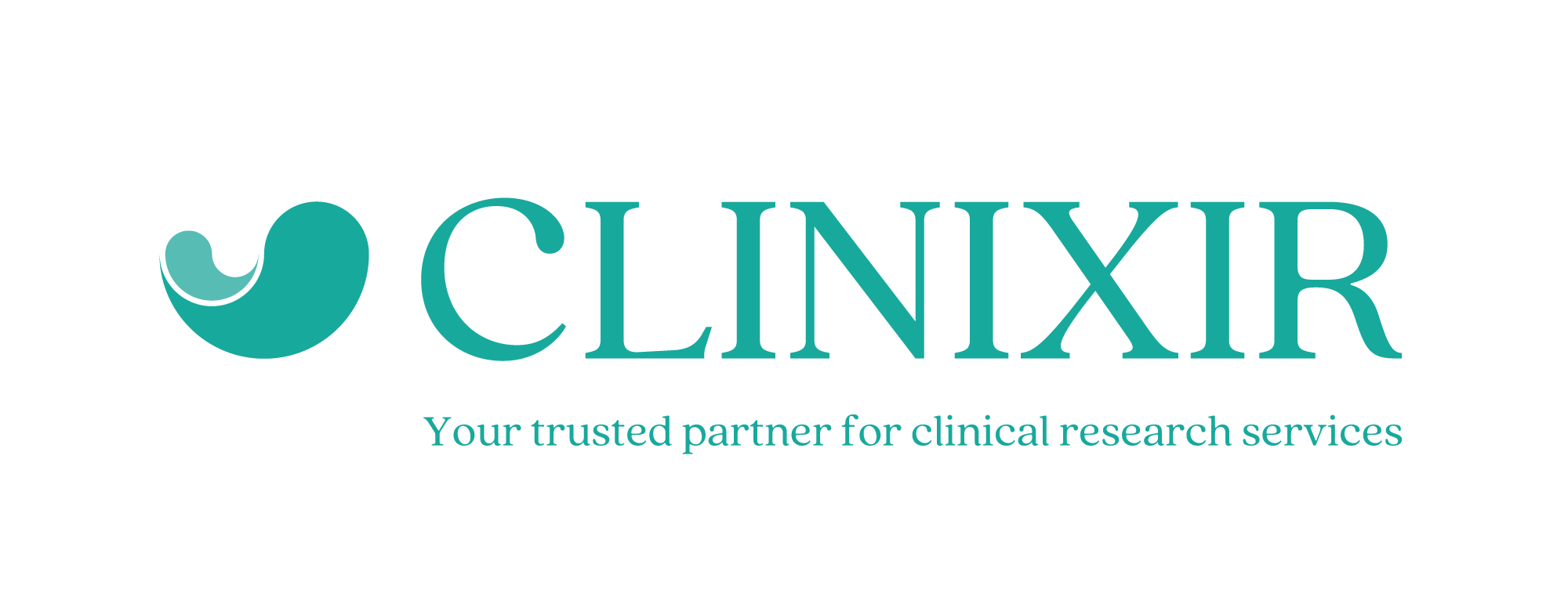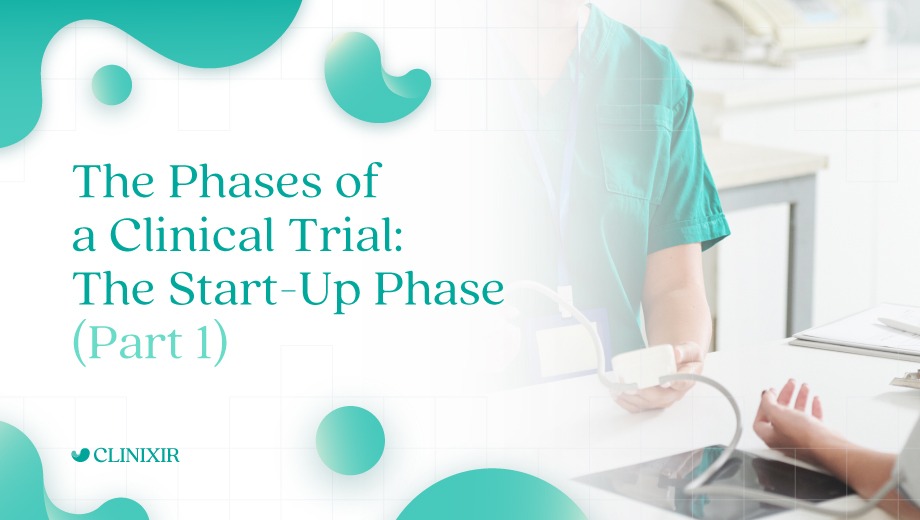It is essential to lay a strong foundation during the start-up phase, which involves conducting the necessary background work from subject recruitment to site selection, as this will affect the trial’s outcome.
However, if not carried out effectively, this phase of the trial can be delayed, costing time and money to all parties involved. In fact, 70% of clinical trials experience start-up delays due to improper execution.
For companies looking to streamline their process, it’s essential to gain a better understanding of the start-up phase – including its complexities and intricacies. This article will explore the first four steps to this phase in detail.
Step 1: Identify Sites
The first step lasts roughly one to two weeks. While the duration is short, the goal of this crucial stage is to find and evaluate potential sites with the appropriate patient population for the study. However, identifying the right sites is easier said than done. Studies show that 11% of trials fail to enroll a single subject and 37% of trials are under-enrolled.
Generally, both the sponsors and the CROs understand how vital this first step is. The sponsors themselves will have a coherent internal database of sites that they’ve previously worked with. However, these internal databases may not be comprehensive enough to support larger studies and are prone to errors since they can be labor-intensive to maintain.
Where these obstacles arise, the right partnership with a qualified CRO can offer a wider breadth of data and overall competence. CROs also maintain and update their information regularly, and often have a greater network of potential sites based on clinical trials performed with a broad range of partners.
Step 2: Contact Sites-Access Initial Interest
The next week – or two – are devoted to contacting sites that the sponsor gathered during the first step and assessing whether they are interested in participating in the study. Either the sponsor or the CRO can be responsible for this stage.
Normally, sites are contacted through typical communication methods – such as emails, phone calls, or even via fax. Then, the sites’ responses will be tracked through spreadsheets. Although this process seems simple, it can become complex, as spreadsheets require manual updates when responses from sites are received.
To complicate things even further, the sponsor (or CRO) might have to contact investigative sites at later stages of a clinical trial. If enrollment is lagging, the sponsor will need to quickly find a replacement site – which could mean ongoing maintenance of the response list.
That’s why CROs normally have a dedicated project manager or clinical research assistant that keeps track of the lists of sites.
Step 3: Execute the Confidentiality Disclosure Agreement (CDA)
The next four to six weeks are spent executing CDAs with all sites and investigators involved in the clinical trial. Essentially, a CDA – or a Confidentiality Disclosure Agreement – is a contract between the sponsor that limits the disclosure of confidential or proprietary information relating to the study.
This step is often subject to delays given the inherent issue of compliance and legal complexities – such as time spent negotiating terms of the CDA, which may take days or weeks. Many stakeholders may be involved over multiple drafts leading to bottlenecks and roadblocks.
This stage is often very labor-intensive, as it requires constant contact and revisions between various stakeholders. Transparent communication, established protocol and solid relationships between site, sponsor and CRO can help expedite this process.
Step 4: Conduct Feasibility
Next up, the sponsor goes through a process of evaluating the possibility of conducting a clinical trial at the sites. Oftentimes, a Site Feasibility Questionnaire (SFQ) is used to collect this information. The SFQ is typically sent in conjunction with a brief study synopsis and is highly dependent on the specific aspects of the trial at hand.
The purpose of conducting feasibility is to ensure that the site can meet the sponsor’s budget, timeline and other requirements when participating in the trial. This process lasts roughly four to six weeks.
This stage is one of the longer steps in the start-up phase of clinical trials, but it can be made more efficient by establishing an effective strategy. This means pre-identifying sites for receipt of the SFQ, employing efficient methods for the SFQ distribution and utilizing simple, easy-to-use, tracking tools to help monitor SFQ activity.
Starting off on the right foot
As we can see from just the first four steps of a start-up phase, setting the right foundations and relationships is crucial. Without it, your trial will be risking delays or even potential failure.
Yet, by partnering with the right CRO on the offset, the chances of success in your clinical trial will be much higher. At Clinixir, we offer industry-leading services to help your organization develop better treatments. Contact us today to get started.
The next installation of our Phases of a Clinical Trial series will feature the final four steps of the start-up phase.



